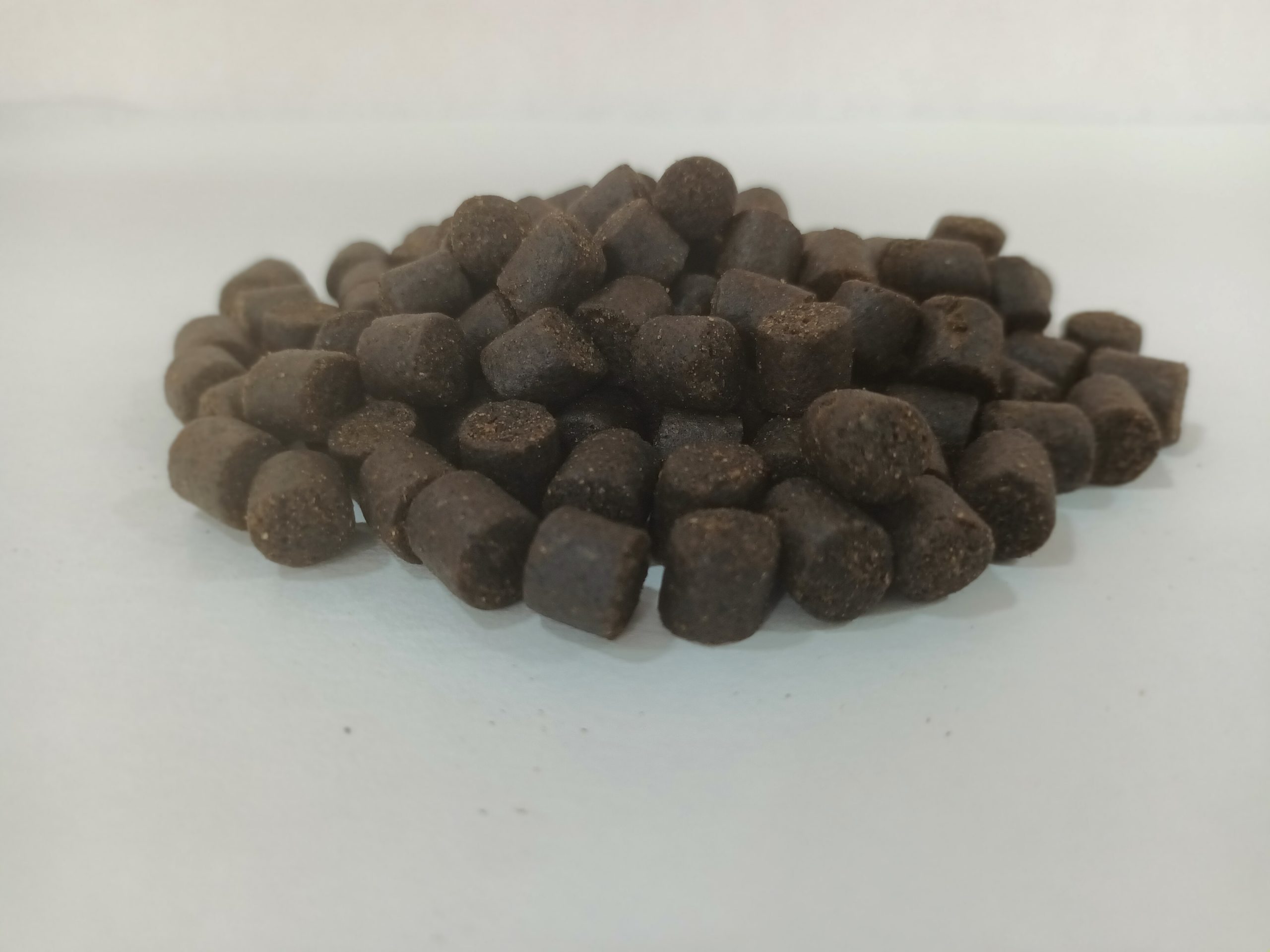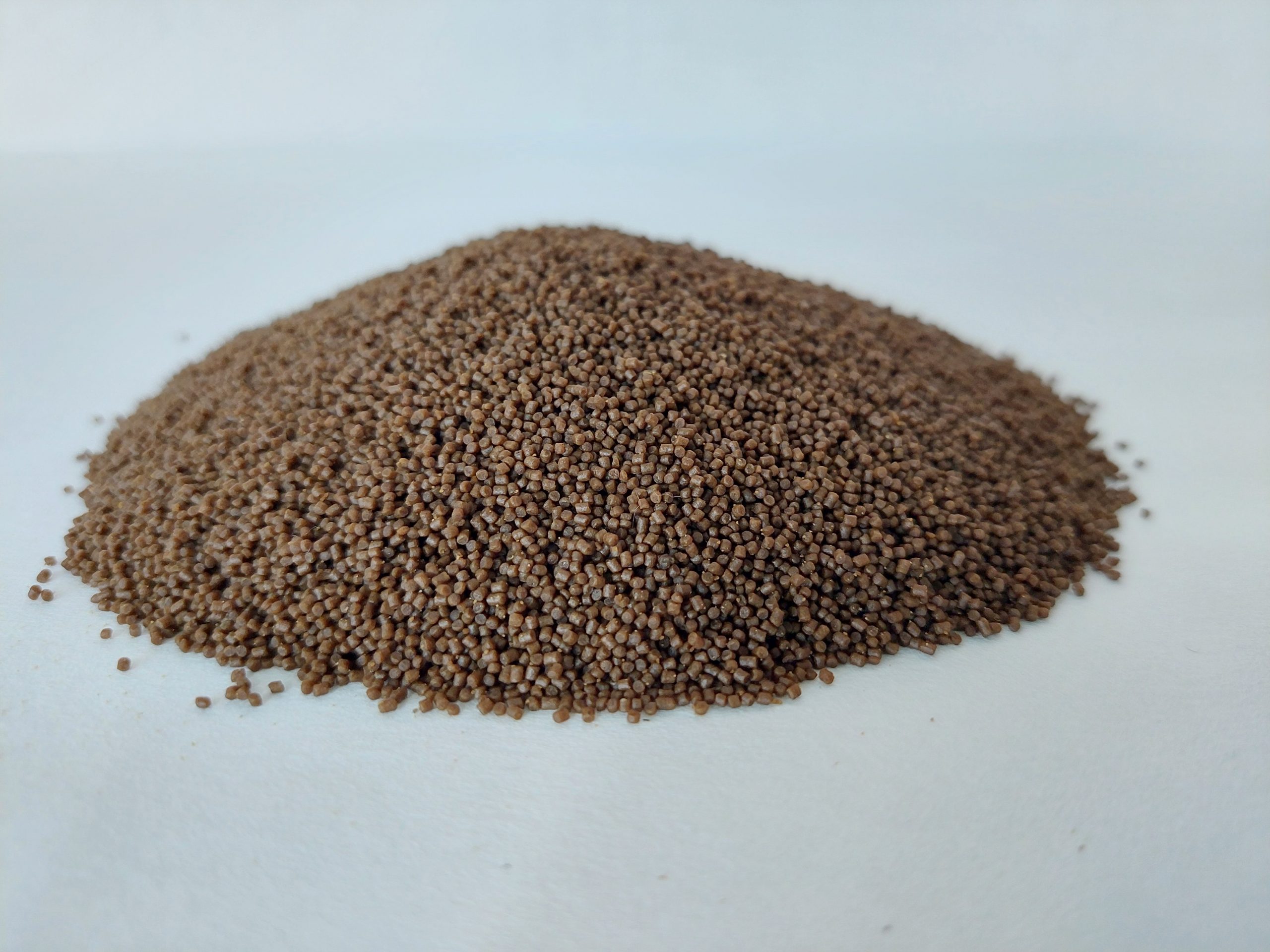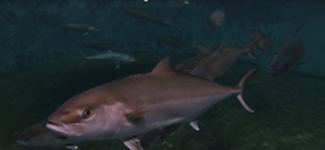
Seriola

Microbaq M
Production of S. dumerili has a long history in the Mediterranean.
Production of S. dumerili has a long history in the Mediterranean.
In the decade of 1980, aquaculture of this species began with the fattening of wild-caught juveniles later greased in tanks and cages in Italy and Spain. This laid the foundations for the development of juvenile yellowtail production.
In recent years, S. dumerili has attracted great interest in the Mediterranean and is now considered one of the most important species for diversifying commercial fish production in Mediterranean countries and in North and South America.
- Distribution: It lives in most of the Mediterranean, except the Adriatic Sea and the Black Sea, as well as in temperate zones of the Atlantic and Western Pacific. During the summer, it approaches the rocky coasts, while in winter it migrates deeper to escape the low surface temperatures.
- Feed: Mainly feeds on small fish such as sardines, horse mackerel, cephalopods or crustaceans.
- Fishing: Fished with trolling and reeds with live bait.
- Breeding: In marine cages and water recirculation systems (RAS).
Repro: It usually occurs in the spring and summer, when temperatures rise and are more pleasant to take care of fingerlings. When yellowtail reach adulthood, usually over a period of four years for males and five years for females, spawning occurs. When fish have reproduced for several years, they are capable of reaching lengths of more than one and a half metres and can weigh up to over 60 kilos. Yellowtail chooses its place for reproduction in places with fairly small schools and fixes its habitat near floating objects such as platforms, buoys, etc.



